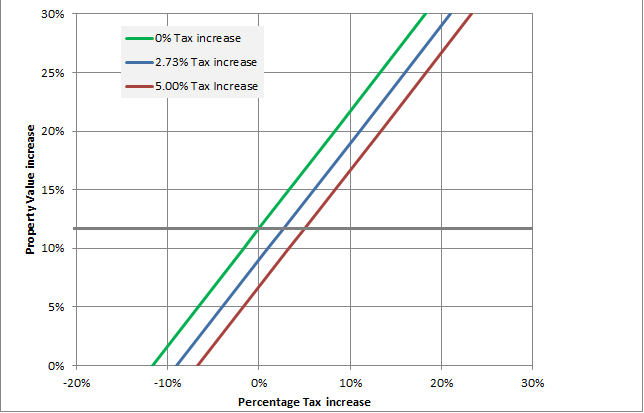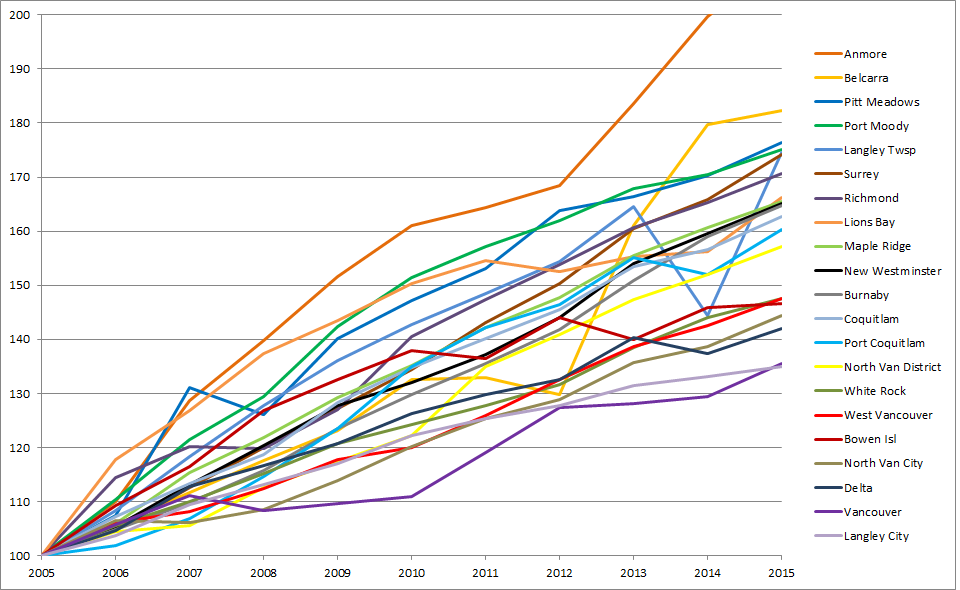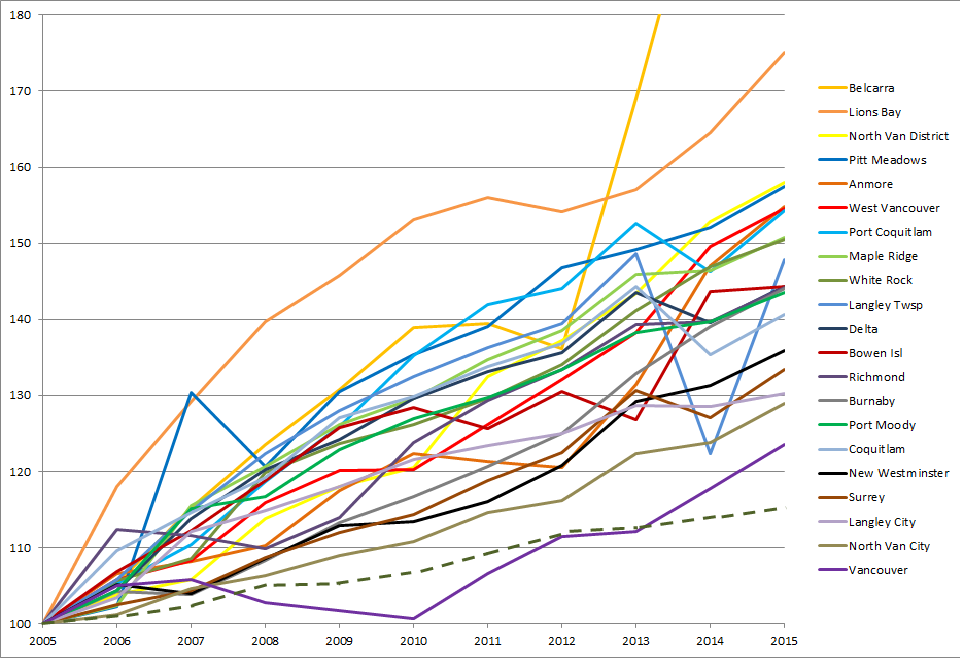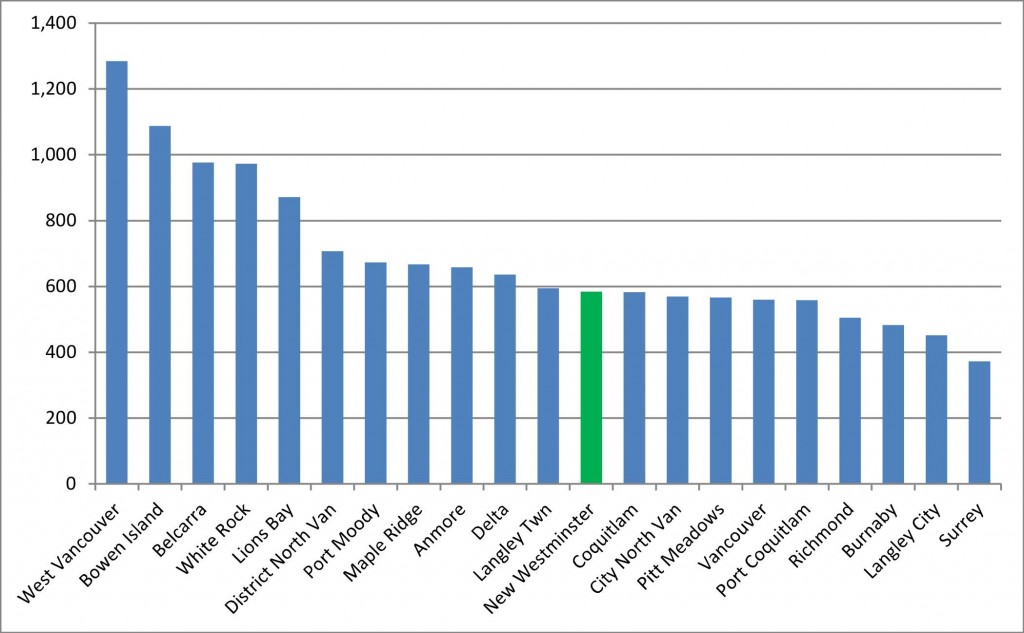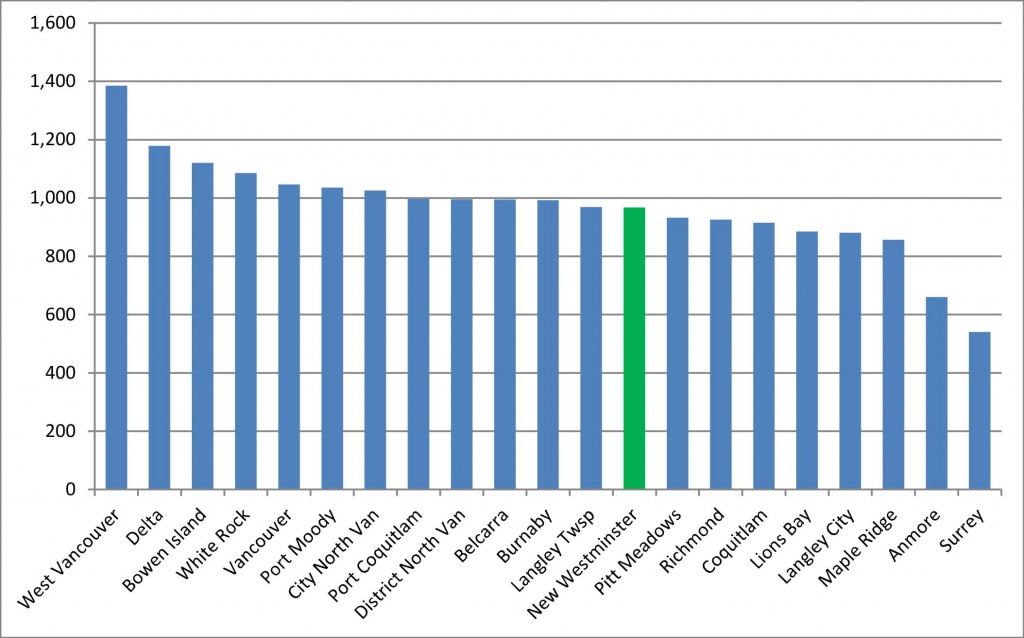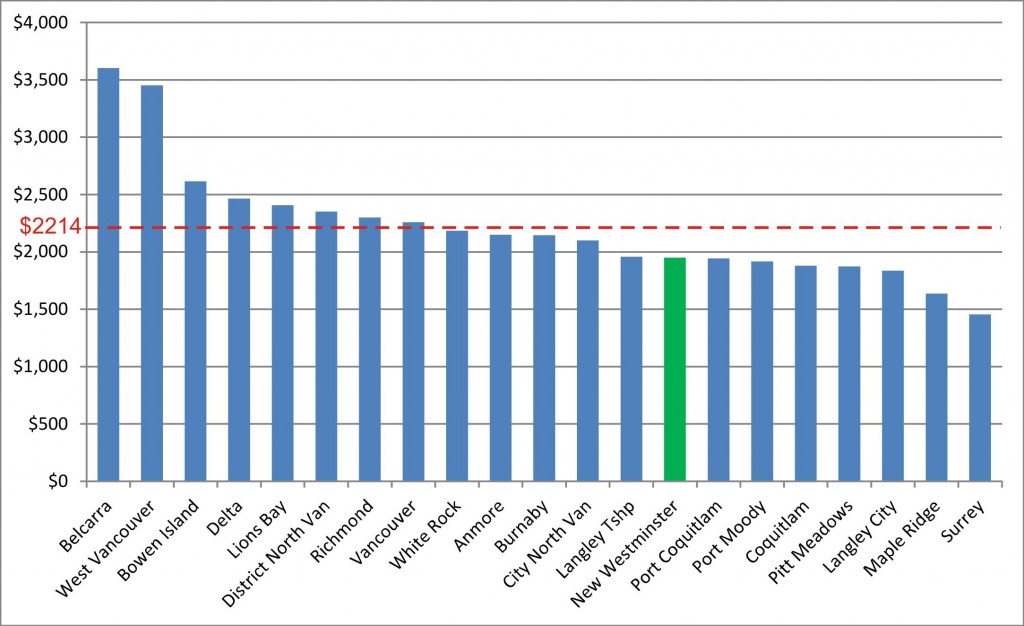In my ever-strained effort to get a Council Report done before the subsequent council meeting, I am feeling pretty good about not having to use my entire two week break to get this one out.
Our Regular Meeting started with a presentation on the 2016-2020 Financial Plan. The draft plan looks at a 2.73% tax increase. We also had our official Opportunity for Public Comment on the budget.
Our accounting is complicated and regulated, and although it is completely transparent, it is not easy for most people to look at or understand. I have put together a couple of blog posts talking about how we compare to other Cities in how we collect and spend money, because I think that is a useful comparison. As much as we are “competing” with anyone in running a local government, I guess it is other local governments. However, that is not the whole story.
I am NOT an accountant, so I need to rely on our staff and our auditors to assure me that our budgeting is in compliance with PSAB standards, and our reporting to the Province meets the regulatory requirements. However, I am going to try in the next few weeks to put a few more blog posts together regarding the Financial plan, in hopes of making things more understandable about where your money is going.
Economic Health Care Cluster Branding,
One of the City’s economic development initiatives is leveraging growth that will come with the redevelopment of RCH, and aligning the Intelligent City Initiative and other local advantages to develop an Economic Health Care Cluster.
As is de rigueur for these types of economic development projects, the City needed to create a brand and identity to align our outreach and marketing efforts. I am not a branding expert, and frankly did not like the brand chosen when I first saw it, until it was explained to me and I was shown the application. Or maybe it was the beards.
If you don’t like it or understand it (see top banner), it is possible you are not the one being marketed to. This is not about selling the neighbourhood to the residents of the neighbourhood. It is about selling new businesses, not-for-profits, education and health care service providers, researchers and investors in the potential for a real economic interconnected science and innovation cluster. For that, I think it works.
New Zoning Bylaw: Initial Draft and Next Steps,
The City’s Zoning Bylaw is old (almost 75 years!) and unnecessarily complicated. This is because it has been edited almost constantly since it was first written, by different Councils, different staff, and for different reasons. New initiatives have been added to it at the whim of Council (like our Family Friendly Housing policy), edits to language made to solve immediate issues (like last year when we edited one land use provision to allow a Veterinary Clinic on 12th Street to add boarding for cats to their services), and old land uses that are no longer likely (broom manufacturing?) are mixed in with new land uses we would have never imagined when it was originally written (Vape Shops?).
For the last several years, Staff have been working on a new comprehensive re-write of the Bylaw. This is not about creating new rules or introducing new initiatives, it is about making what already exists internally consistent and easier to understand. The time is right for this, because we will be rolling out a new OCP (hopefully) by the end of the year, which will bring new policy and initiatives which will be much easier to introduce into a logically ordered and designed Bylaw than this old mess.
Update on Greenhouse Floor Space Ratio
Councillor Puchmayr raised a concern about the regulations around how large a greenhouse a person in the City can have. The issue with greenhouses larger than 100 square feet is that they invoke the building code (which is provincial), which increases the development cost of building greenhouses that size.
Bill M203 – Workers Compensation Amendment Act 2016
Council supported this bill to provide better support to first responders in how the Workers compensation Act addresses Post Traumatic Stress Disorder.
Strategic Initiatives
As part of our regular routine, Council is going to get an update report at the end of every month on progress of two or three of our Strategic Initiatives, so we know that progress is being made, we can ask any questions that might arise, and the public can be informed on what is going on.
This month’s update included the Front Street parkade upgrade, partial removal and Mews construction, which is coming along on time and budget. There have been a few concern raised by the local businesses, but for the most part things are moving smoothly as can be expected with an incredibly disruptive process. It is amazing to see the sun shining on the fronts of buildings along Front Street.
Also (perhaps) surprising is that traffic chaos has not occurred. There is a notable increase in “rat running” in the evenings especially, and increased enforcement to help manage that, but the large number of trucks that were expected by many to clog up Columbia and Royal have not appeared. We are doing vehicle counts, so staff will be able to report back to us on how the traffic fared with data, but in the meantime, the anecdotes support the Cheonggyecheon / Embarcadero / Harbour Drive model of traffic calming.
We also spoke about the Intelligent City Initiative, and progress on BridgeNet, where the City is putting dark fibre in the ground and securing deals with ISPs to lease that fibre to users in the City. The plan right now is to have something to sell by as early as this summer, and at that time to start hooking up more than 100 residential multi-family units and a few dozen strategic business locations to true 1Gbit internet service at process that should be competitive with what you are paying now to the Major Telecoms. More details to come here, watch this space!
The following items were moved on Consent by Council:
Roger’s Hometown Hockey Follow Up
I had a lot of fun at this event, and we cannot thank New West Minor Hockey enough for the help and energy they brought to the weekend. This did not cost the City much, thanks to volunteers, Rogers, and a generous list of corporate sponsors. The exposure of Queens Park and the Royals was good, lots of people got to meet Ron McLean and Cliff running and Kirk McLean, and fun was had by all. Also, a big thank you to our staff for making it appear to be a seamless operation!
1031 Sixth Avenue: Heritage Revitalization Agreement
This house in Moody Park is more than 100 years old, and presents a restoration challenge due to its level of deterioration and the housing needs of the land owner. Because of its age and potential heritage value, staff has been working closely with the homeowner to come up with a heritage preservation plan to accompany the building of a second home on the lot. We are pretty early in the process here, but signs are positive that an agreement can be reached.
Pattullo Bridge Replacement Project Revised MOU
With all the talk of the Massey Bridge and regional tolling, and following the failure of the Referendum that would have secured funding for the Pattullo replacement, we still have a bridge that needs to be dealt with. Negotiations between New Westminster, surrey and TransLink have been ongoing around the terms and details of the replacement plan. Through these negotiations, an MOU was developed that clarified for all three parties that the preferred [plan for the Pattullo is that which was laid out in the Mayor’s Vision for regional transportation: a 4-lane structure (that can be expanded to 6 lanes if all parties agree) with tolls to be build pretty much in the same location as the existing bridge.
There is much work to do yet, including finding the money, but at least we can start to plan around the agreed-upon terms. This does not mean the bridge upgrades happening this summer can be put aside. Even if everything fell perfectly into place today, the time needed for design, procurement, funding and environmental assessment means we wouldn’t likely see a shovel in the ground until 2018, and would not see a bridge put into service until 2022, so TransLink needs to eek a few more years of service out of the big orange arch.
Update on Anvil Centre 2016 Budget
We received an update report on the Anvil operations and budget. I don’t think anyone thought this major new facility was going to cost nothing to run, and the full revenue stream is not yet realized, but the costs are higher than I anticipated.
I’m cognizant that we need to look at the ROI on this operation – every time there is an event in the theatre, you cannot get a reservation at el Santo or the Hub, last summer during the Fan Fest we had literally thousands of people spilling out of the Anvil and using Columbia Street and the River Market spaces, supporting local businesses and raising the profile of Downtown New Westminster on the regional scale.
Ultimately, we will not realize the full value of this project until we lease the restaurant space, until the owners of the Office tower lease it out, and until the art programs reach a maturity that the location becomes the cultural hub that we expect it to become.
As I have said before, the measure of success for the anvil will happen in 10 years from now when it is a generator of community growth in the Arts in the same way the Canada Games Pool, Queens Park Arena, and Mercer Field (three facilities that also cost more for us to operate than they return in revenue) are generators of community growth in sports.
Special Occasion Permits – Salmonbellies
Our archaic and complex liquor laws require that we go through this process
every year so the Salmonbellies can sell beer at the League and Playoff games. Please watch lacrosse responsibly.
We then, as usual, wrapped the meeting by adopting a few Bylaws:
Housing Agreement (900 Carnarvon Street) Bylaw No. 7810, 2016
Given third reading last week, this agreement to make the 4th building at Plaza 88 a market rental building is now Adopted. It’s the law of the land.
HRA (235 Durham Street) Amendment Bylaw No. 7817, 2016
Given third reading last week, this agreement to extend the term for an HRA is now Adopted. It’s the law of the land.
Film Permit Bylaw No. 7793, 2016
Bylaw Notice Enforcement Amendment Bylaw No. 7814, 2016
Given third reading last week, these Bylaws regulate the Film industry in the City by codifying some existing policies and practices. Now adopted, it’s the law of the land. Please adjust your behavior accordingly.
Electrical Utility Amendment Bylaw No. 7816, 2016
The new electrical Rates bringing our rates in line with BC Hydro retail rates was given third reading last week, and is now Adopted.
And we are off for two weeks. Please enjoy other Monday Night programming.
